Aavik U180, U280, and U580 integrated amplifiers
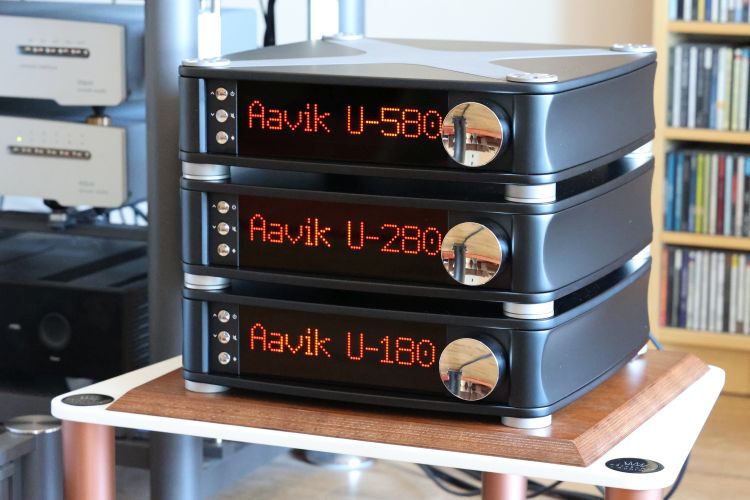
Review samples supplied by Ohm Audio
Retail prices in the Netherlands, including 21% VAT:
U-180 – 8.995 euros
U-280 – 14.995 euros
U-580 – 29.995 euros
Darkz T2 Resonance Control footers – 800 per piece (3.200 per 4)
Description
What I will be reviewing here is the complete lineup of Aavik’s U-range of integrated amplifiers.
The U180, U280, and U-580 are not only visually identical, but they also offer the same connectivity and the exact same technology with respect to power supply, preamplifier, DAC section, and power amplifier. The preamplifier is of the pure analog kind, offering 4 RCA inputs while A high-quality DAC is also built-in along with 2x TOSlink, 2x BNC, and 1 USB input.
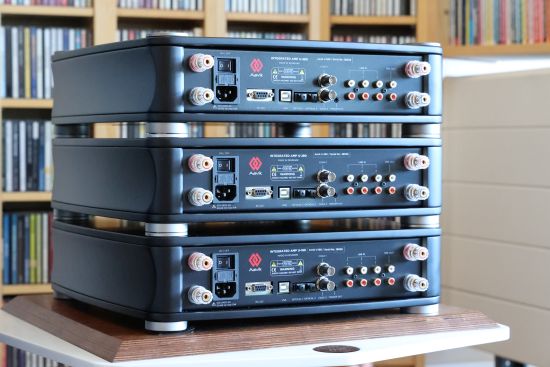
What makes these amplifiers special, are the proprietary noise-control techniques that are employed and this is also where they start to differ from model to model.
The important distinctions are in the number of dither circuits and the number of Active coils and Tesla coils. In addition, the U-580 top model also features a copper inside chassis and a resonance-controlling Titanium Bracing cross on top.
One might raise an eyebrow as to why these differences would induce such a large spread in the amplifier’s cost, and secondarily, one might wonder how much of an impact these odd contraptions could possibly have. Well, allow me to quickly address that second part by repeating just how amazed I was upon hearing the differences between the D2 and D-TC Power Distributors, two products that differ primarily in terms of the applied Tesla Coil technology. As I found, these unusual tweaks can absolutely transform the sound.
The Tesla coil
The principle is to have two coils that are wound in each direction / a coil and a counter coil. In Ansuz words: “a double inverted coil” – the two coils are both carrying voltage – and when the Tesla coil encounters a voltage spike a counter spike is activated in order to eliminate the noise. As Noise spikes are pure voltage and carry virtually no charge, the cancellation is quite good, but not 100%. By adding more P-TC coils in parallel the performance increases. By implementing this the perceived blackness in the music improves significantly. Ansuz Tesla coils are available in various types as they complement each other in terms of strengths /weaknesses.
Active Tesla coil
The active Tesla coils are supplied with power which secures a lower impedance and thus a better ability to eliminate noise. The active version is about three to four times more efficient than passive Tesla coils.
Active square Tesla coils
The active square Tesla coils are embedded in the circuitry boards – one coil on the top and the counter coil on the rear side. The principle is exactly the same as the active Tesla coil which enables a greater ability to eliminate noise than the passive Tesla coil.
Analog dither technology
This is another noise reduction technology that originates from radars where it secured a stronger signal and thus a wider range. Ansuz active Tesla coils send pulsated signals in well-defined frequencies. These signals are sent in counter-phase and thus eliminate the noise floor whereby the music signal clarity is significantly increased.
Anti aerial resonance coil technology
All cables and cable screens act like antennas for airborne RF noise which of course is a huge problem. The passive cable Tesla coil is wound on the external part of the cable and protects the signal from absorbing the airborne RF noise. This noise is absorbed in the Tesla coil. As there is a voltage running in the conductor itself, and it is wound in the counter direction – this is used as the counter coil, whereby the RF noise is eliminated
The table below shows how the various techniques are used in the three amplifiers.
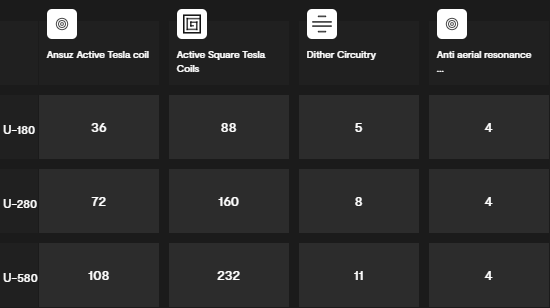
The amplifier’s curvy outer chassis, by the way, is made of what the manufacturer refers to as a “natural-based composite material”, and it is the same material as used for the power distributors. It’s unclear what the material is made of precisely but it looks like a form of High-Density Fiberboard. The material’s surface and edges are super-smooth and covered with a beautiful black lacquer finish.
Aavik makes a rather big deal about the cabinet’s sonic advantages compared to the earlier aluminum designs, citing reduced influences from mechanical resonance, and while I agree that the new cabinets have a very different sonic signature than a typical aluminum cabinet, one might argue over which one is considered best.
With their super-large LED-Matrix display that even near-sighted yours truly can read from 5 meters away, the amplifiers’ smooth curves, and the big, mirror-polished solid metal volume dial, the appearance is not up to the exalted level of the older U-380 but it is still rather unique and I quite like their style.
Use
The supplied Apple remote control handset looks great and works well, but due to its generic keys, you’ll have to memorize which button does what. It’s no big deal, though. The unit can be linked to a single Aavik amplifier which has the advantage of allowing me to control all three entirely separately.

There’s an ongoing trend to have as few buttons on the front panel as possible, for aesthetic reasons, I’m sure. But as button functions are doubled or require presses of different durations, this often leads to less straightforward operation and this is also true for these Aavik amplifiers. For instance, input switching cannot be done directly but requires the push of the navigate button (the one with the asterisk) to select input selection mode and then either a rotation of the big volume dial or the use of the up and down keys. Don’t make the mistake of pushing the up button without first selecting the navigate button. This will shut the amplifier down because the up button doubles as the power button. The shortage of buttons also makes itself known in the menus. You can enter menu mode by long-pressing the navigate button, but you cannot exit the menu again other than by toggling through all the available items until you reach the default display state again. You can actually escape the menu directly from any item, but for that, you need the remote control.
Besides these quirks, the amplifier’s overall operation is straightforward and it responds very quickly to all commands. Powering on and off is a matter of seconds and it absolutely flies through the inputs. The rotary volume dial is weighty and solid and it has a perfect speed of volume adjustment. When an audio product has only a couple of controls, the feel of the controls becomes very important, but with this big volume control, Aavik has done a very good job.
Naturally, I peeked inside, well, make that studied the inside. The next three images show the well-packed insides of the U-580.
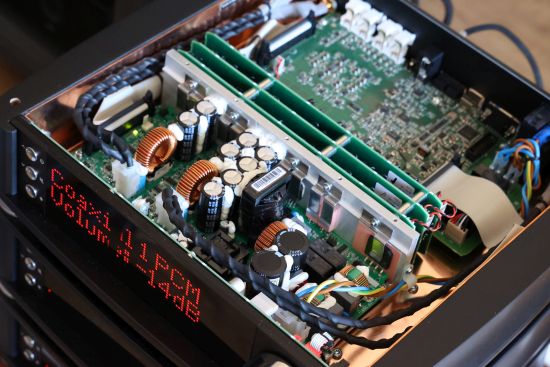
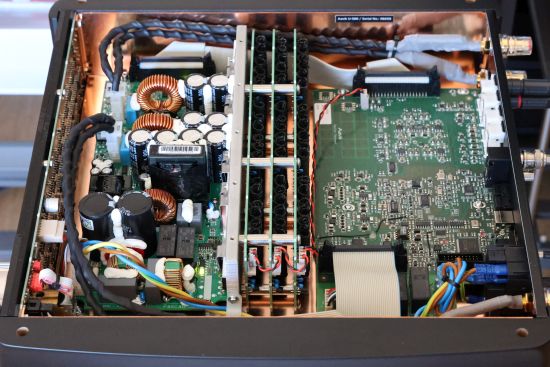
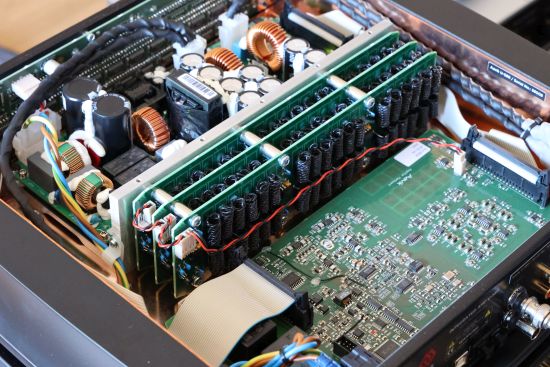
The Pascal UMAC power amp module was easy to spot and I was pleased to see such a neatly laid-out preamplifier board. There’s an XMOS input receiver and a PCM1792 DAC chip. Mounted on the power amp module’s heatsink are three full-width PCBs full of Tesla coils that together take up roughly a third of the U-580’s internal volume, and as we will see, not without reason. What I could not find, at first glance, was the preamp’s power supply. I assumed that it could be powered from the Pascal module’s integrated power supply but that was not the case. Then, I noticed that the incoming mains power cable led to the preamp/DAC PCB where it was split off to the power amp module. And then I saw it: underneath a wide flex cable was a positively tiny switched power supply brick. It’s common practice to use either a linear power supply or a custom-built switched supply for analog sections but Aavik does not tend to do things in a conventional manner.
For instance, the line stage utilizes an inverted, virtual GND amplifier topology, which provides extra high stability. The feedback gets so powerful that it allows damping the signal to a gain lower than 1. This preserves the full signal with a very low S/N Ratio – no matter if you turn the volume up or down.
Next: Stacking
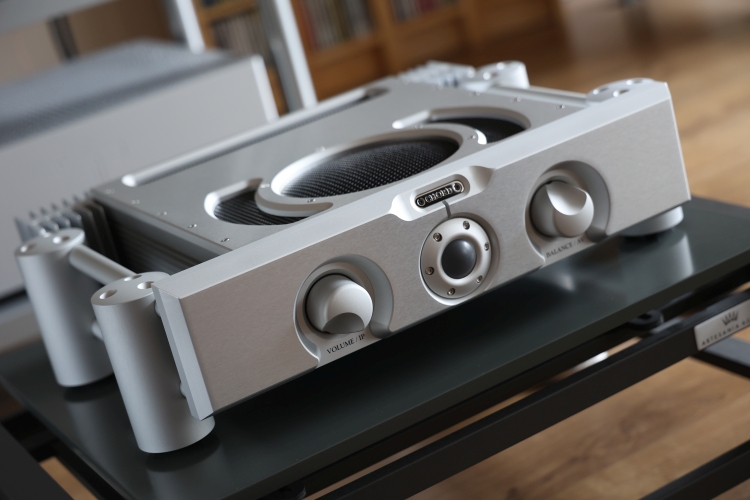
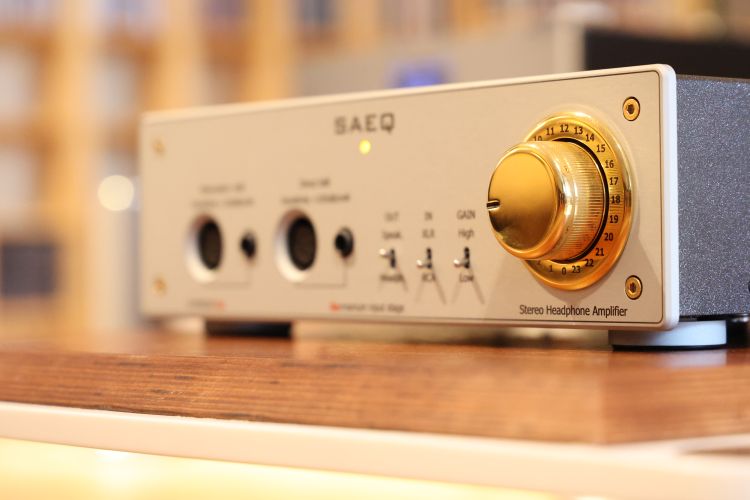
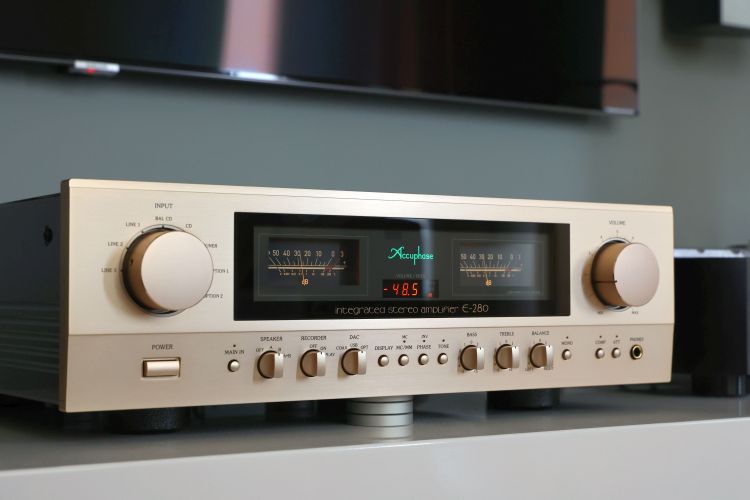
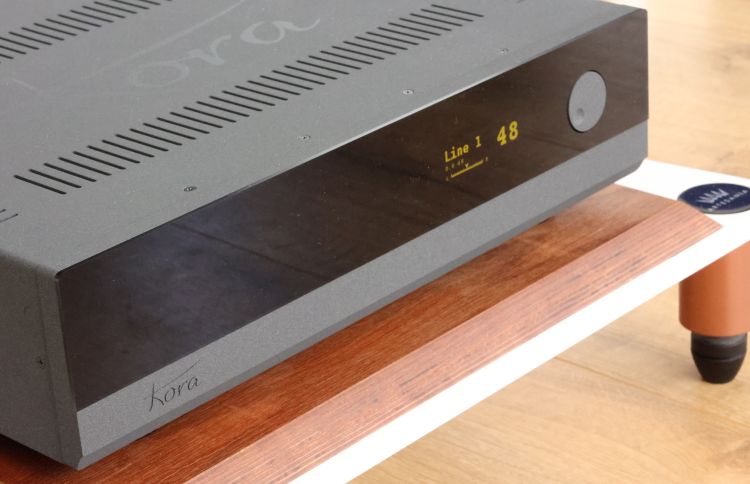
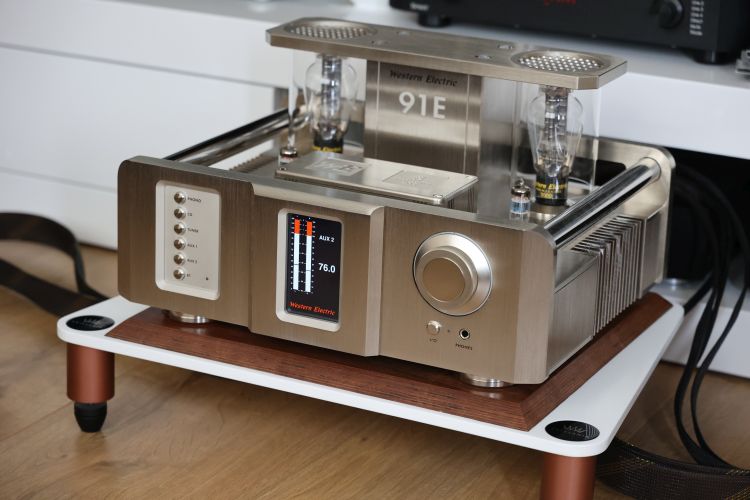
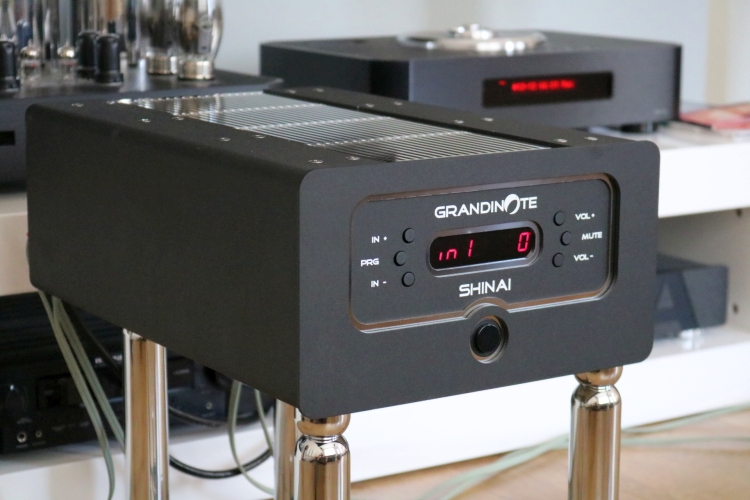
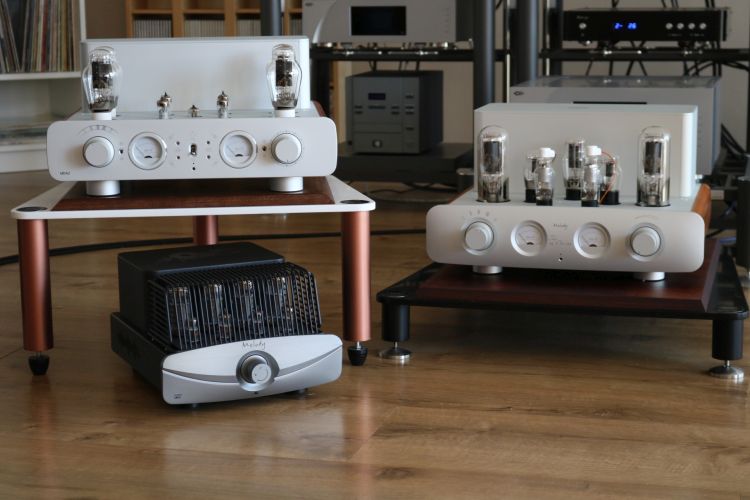
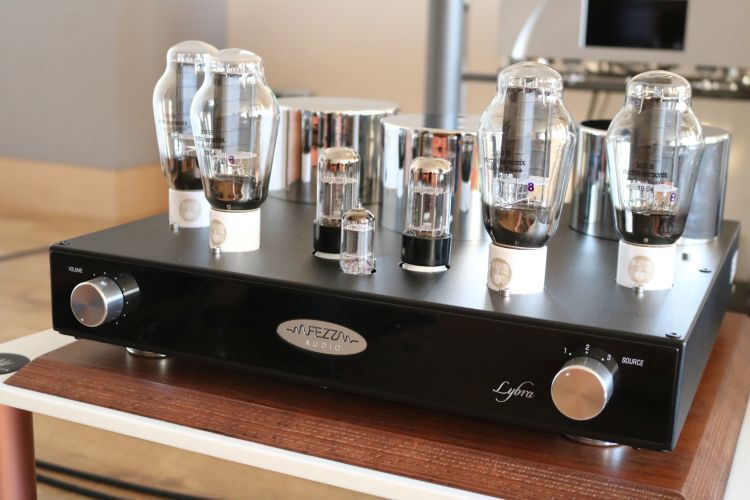
Hello Christiaan, thanks a lot for your review… very helpful.
Have you tried also other filters (non-upsampling/fast or slow) or do you think that the default one (upsampled/slow) is the best when combined with the Aavik streamer?
Thank you
I’m not 100% sure now but I believe I tried them and found either the default best or the difference very subtle.
Hello Christiaan,
Some questions about the u180
I’ve read the article and did see the following line: “ It avoids sounding clinical or overly technical but it does sound quite controlled and it is not the sunniest or emotionally most engaging performer in the business.”
It does have the ability to bring over the emotion in a song?
You also state that it is a darker sounding amplifier. Do you mean it has some “meat-on-the-bones”?
Would it be a good amplifier for rock and metal?
How would you recon it holds up against Naim? (Current set up is a Naim NAC-N272 with a 250-2 power amp)
Thank you.
Rene
I find the U180 to be technically correct but not hugely emotional or lyrical. By dark, I mean that the treble appears rolled-off. Of course, when measured, that won’t be the case, but it does sound like that. None of the three sound lean and all have proper meat on the bones. I’m not a rock or metal person so I can’t really tell you if these amps would work well with those genres. It also depends on which aspects you value most. I have not heard Naim amplifiers in my system, so, afraid I can’t be of much help beyond this.